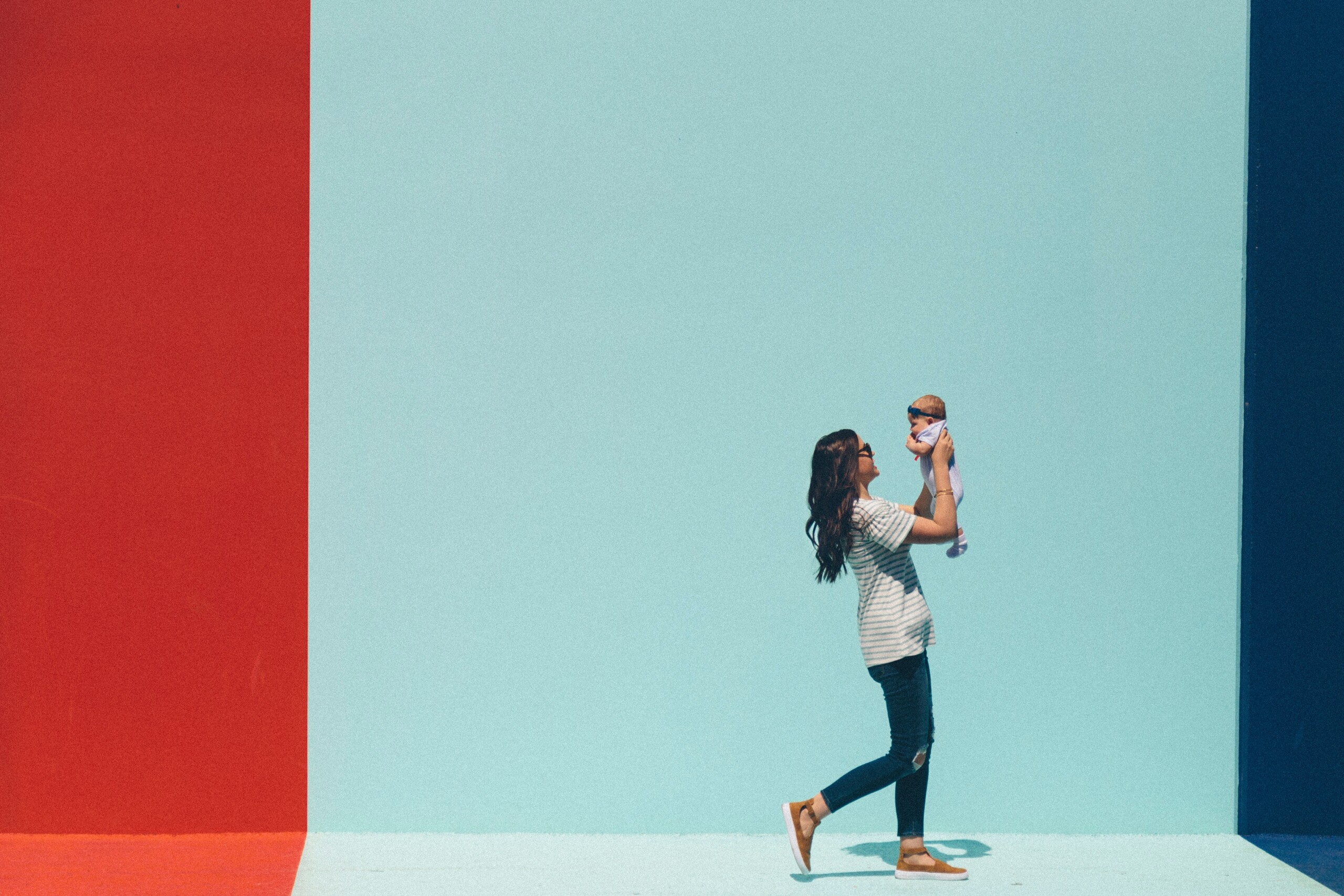
Moving to a new home with a baby can be a challenging and stressful experience, but with careful planning and organization, you can make the transition smoother for both you and your baby. Here are some tips to help you when moving with a baby:
1. Plan Ahead:
– Start planning and packing well in advance of your move. The more organized you are, the smoother the process will be.
2. Childproof Your New Home:
– Before moving in, babyproof your new home by covering electrical outlets, securing cabinets, and removing any potential hazards.
– Once you’ve moved in, thoroughly babyproof the new space to ensure your baby’s safety. Secure furniture, install safety gates, and check for any hazards.
3. Stick to a Routine:
– Try to maintain your baby’s daily routine as closely as possible, including feeding, napping, and bedtime schedules. Consistency can help your baby feel more secure during the move.
4. Pack a Baby Essentials Box:
– Pack a box with all of your baby’s essentials, such as diapers, wipes, formula or breast milk, baby food, bottles, pacifiers, and a change of clothes. Keep this box easily accessible during the move.
5. Arrange for Childcare:
– If possible, arrange for someone to watch your baby on moving day. This will allow you to focus on the move without worrying about your baby’s safety and comfort.
6. Create a Safe Space:
– Set up a safe and familiar space for your baby in the new home as soon as possible. This could be their crib or a playpen with their favorite toys.
7. Pack Smartly:
– Label boxes clearly so you can find baby-related items quickly. Pack baby items separately from other household goods to make them easily accessible.
8. Keep Baby Comfortable:
– Dress your baby appropriately for the weather and provide any necessary comfort items, such as a favorite blanket or stuffed animal, to help them feel secure.
9. Be Mindful of Baby’s Environment:
– Consider the noise and activity level in your new neighborhood. If it’s significantly different from your previous home, it may affect your baby’s sleep patterns.
10. Explore the Neighborhood:
– Once you’re settled, take short walks or drives around your new neighborhood with your baby. Familiarize yourself with nearby parks, hospitals, and other essential locations.
Understand that your baby may be fussy or unsettled during the move and in the first few days in the new home. Be patient and flexible with their needs.
Moving with a baby can be challenging, but with careful planning and patience, you can create a smooth transition for your family. Remember that your baby’s comfort an d safety should be the top priorities during this process.

